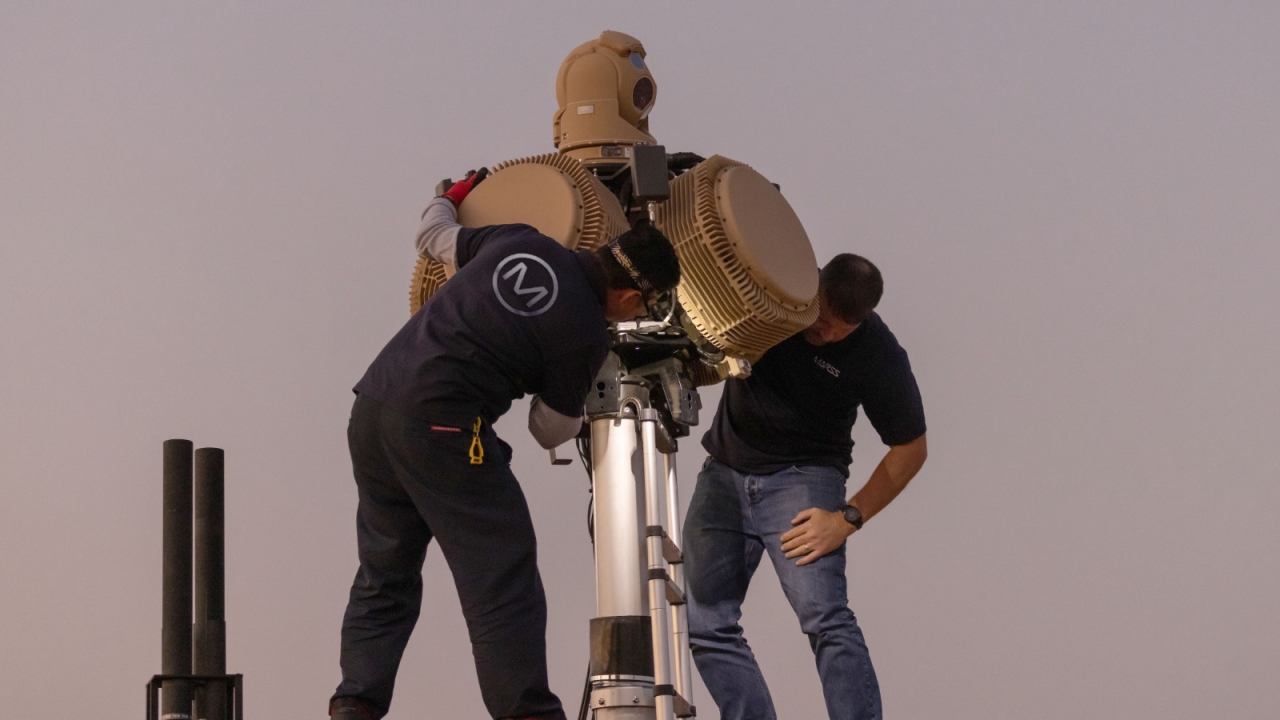Will Egypt and Algeria's Su-35s anger Trump
Algeria and Egypt have ordered the Sukhoi Su-35S multi-role fighter (known to NATO by the reporting name ‘Flanker-E’), risking incurring the wrath of the USA. Jon Lake reports.

In September 2018, the Trump administration imposed sanctions on China following its purchase of the Su-35SK under the terms of the Countering America’s Adversaries Through Sanctions Act (CAATSA).
This Act is intended to counter Russian influence in Europe and Eurasia, and to punish Russia for its involvement in the wars in Ukraine and Syria and for its alleged interference in the 2016 US election, by restricting its ability to export weapons.
The US subsequently threatened to apply similar sanctions if Indonesia goes ahead with its own Su-35 purchase.
Algeria first requested an evaluation of the Sukhoi Su-35 in May 2016, hoping to acquire more than 10 aircraft to augment its fleet of 58 older generation two-seat Su-30MKAs. In August 2018, Russian state media reported that the Algerian Air Force had placed an order for 18 Su-35SK fourth-generation fighters.
Egypt’s $2 billion order for 20 Su-35SKs (or for “more than two dozen” aircraft according to the Kommersant newspaper) was also enacted in late 2018, but it was not formally announced until March 18 2019. Deliveries are expected to start in 2020-2021.
Egypt is a long-standing customer for Russian combat aircraft, though it has also procured fighters from the US and France, diversifying its sources of supply.
Following the 2013 military coup, which saw Abdel Fattah el-Sisi emerging as Egypt’s new leader, the country began placing large contracts with Russian arms manufacturers. The first covered the supply of S-300VM4 ‘Antei 2500’ and Buk-M2E surface-to-air missiles, delivered in 2015-2017 at a reported cost of $3.5 billion.
Egypt subsequently ordered 46 MiG-29M/M2 fighters for $2 billion and 46 Kamov Ka-52 ‘Nile Crocodile’ helicopters for more than $1 billion.
Since then, Egypt has ordered 32 ship-borne Ka-52K Katran helicopters for its navy. Some of this equipment may be funded by Saudi Arabia and/or other wealthy GCC states.
The Su-35S is an advanced derivative of the original Su-27 Flanker, a heavy, twin-engined interceptor and air superiority fighter, which was equivalent to the US Boeing F-15A-D Eagle in concept. Like the F-15, the Su-27 spawned a two-seat multi-role strike fighter variant (the Su-30M), and other versions.
An upgraded ‘Flanker’ air superiority fighter was first developed at the end of the Cold War. About 15 Su-27M prototypes were built, and the prototype flew in 1989.
The canard-equipped, tall-finned Su-27M was subsequently redesignated as the Su-35, but today’s Su-35S (originally known as the Su-27M2 or Su-27BM) is a very different aircraft, aerodynamically and structurally closer to the original Su-27, but with a modern glass cockpit and new sensors and systems. It has a formidable multi-role and air-to-ground capability.
The new Su-35S began development in 2003 and the first prototype flew in 2007. The type entered production in 2009.
The Su-35S is equipped with an N-035 Irbis-E passive electronically scanned array (PESA) radar, with OLS-35 infrared search-and-track (IRST) targeting system, and an L175M Khibiny electronic countermeasures system.
The Su-35S is powered by thrust vectoring engines and has 12 to 14 weapons hardpoints, allowing it to carry up to 17,000lb of air-to-ground munitions, or large numbers of the latest Russian air-to-air missiles.
The Russian MoD ordered 98 Su-35S aircraft, and the type entered service in 2014. Since then, the type has flown combat missions in Syria, targeting both the Islamic State and anti-government groups.
China was the first export customer, signing up for 24 Su-35SKs at a total cost of, $2.5 billion. The first four aircraft were delivered in 2016, with 10 more following in 2017, and the remainder being delivered by April 2018.
In February 2018, Russia and Indonesia agreed a $1.14 billion deal for 11 aircraft with the first delivery due in October 2018.
The Algerian and Egyptian deals promise to allow full capacity output to be maintained at the Komsomolsk-on-Amur Aircraft Production Organisation (KnAAPO), the largest aircraft-manufacturing plant in the Russian far east, for several years to come.
They will also represent, arguably, the most advanced fighters in service with an African air force, though some would accord this distinction to Egypt’s Dassault Rafales, or perhaps to South Africa’s Saab Gripens.
Stay up to date
Subscribe to the free Times Aerospace newsletter and receive the latest content every week. We'll never share your email address.

